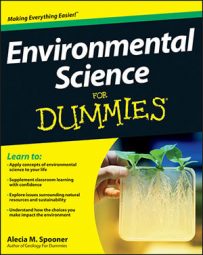Environmental science informs decisions about fire management in some ecosystmes. In both forested ecosystems and grasslands, land managers face difficult decisions about fire management. Wildfires are difficult to control and potentially destructive to human developments.
With this potential destruction in mind, for most of the 20th century, land managers practiced methods of fire suppression, focused on keeping fires from starting and putting them out quickly when they did.
In recent years, however, ecosystem scientists called fire ecologists have recognized that fire is a welcome periodic disturbance in some ecosystems. For example, fires that sweep through some ecosystems help the processes of nutrient and matter cycling, and in some cases, species have evolved to depend on occasional fires. When land managers completely eliminate fire, those ecosystems and species suffer.
Both grasslands and forests may benefit from an approach to fire management that includes prescribed burns. Prescribed burns are fires that land managers set deliberately and control as they burn. The goal is to provide the ecosystem with the services of a fire without allowing the situation to grow out of control and threaten human lives or urban areas.
Because many of the largest, most difficult to control fires are a result of the buildup of plant matter in the absence of fire, allowing occasional, controlled burns keeps the fires smaller and less intense and keeps the biomass, or burnable material, to a manageable level.

